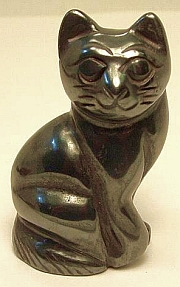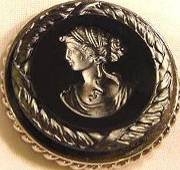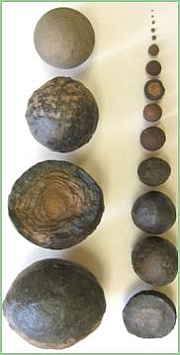Description Hematite is an iron oxide, and as the main ore of iron, it is a very common mineral. Hematite ranges in color from black to silvery grey. History In ancient Greece, beads and seals made of hematite were common. During the late 19th century hematite was worn in mourning jewelry. Today hematite is sometimes falsely referred to as black diamond. Greek Hematite: the Bloodstone Curiously, when hematite is powdered its dust is blood red. Thus, hematite is named for the Greek word for "blood." In the past, hematite was referred to as bloodstone, which is not to be confused with a similarly named variety of quartz. Red Pigment Powdered hematite has been used for centuries as a pigment in red paint. In ancient Egypt powdered hematite was used to paint funeral chambers. Wealthy families in ancient Greece used powdered hematite to paint the inside of their homes. In Colonial America it was used to paint barns and bridges. Today, powdered hematite is used as jeweler's rouge to polish gold. “Blueberries” on Mars In 2004 NASA (National Aeronautics and Space Administration) found marble-shaped spheres of hematite embedded in the rocks on Mars. These Martian formations were deemed “blueberries’ since they looked like blueberries in a muffin. The Martian Blueberries are similar to hematite formations found in Utah’s Red Rocks country. The Hopi people call these formations “Moqui Marbles.” Both the Martian Blueberries and Moqui Marbles are formed when groundwater precipitates through native rock. Martian Blueberries may be evidence of a water cycle on Mars and therefore evidence of life. The Red Rocks of Utah are actually colored by hematite. The dust of hematite is bright red, and as it blends with the native sandstone, it turns the rocks red. For this same reason, Mars is referred to as the Red Planet. Folklore Stops Bleeding Owing to its apparent ability to miraculously bleed, hematite took on a mystical significance in Roman times. Hematite was thought to stop bleeding, as a 15th century doctor explained:
Hopi Hematite: Moqui Marbles In the Hopi language the word moqui means “dearly departed one.” An endearing Hopi legend explains how Moqui Marbles come to be found on Earth:
Symbolism Hours: 2:00 am (hematite) and 11:00 pm (magnet) Angel: Hamaliel (magnet) Star: Tail of the Great Bear 8º of Scorpio and the Pole Star Planets: Zodiac: Virgo (magnet) US States: See also bloodstone and quartz |
|



